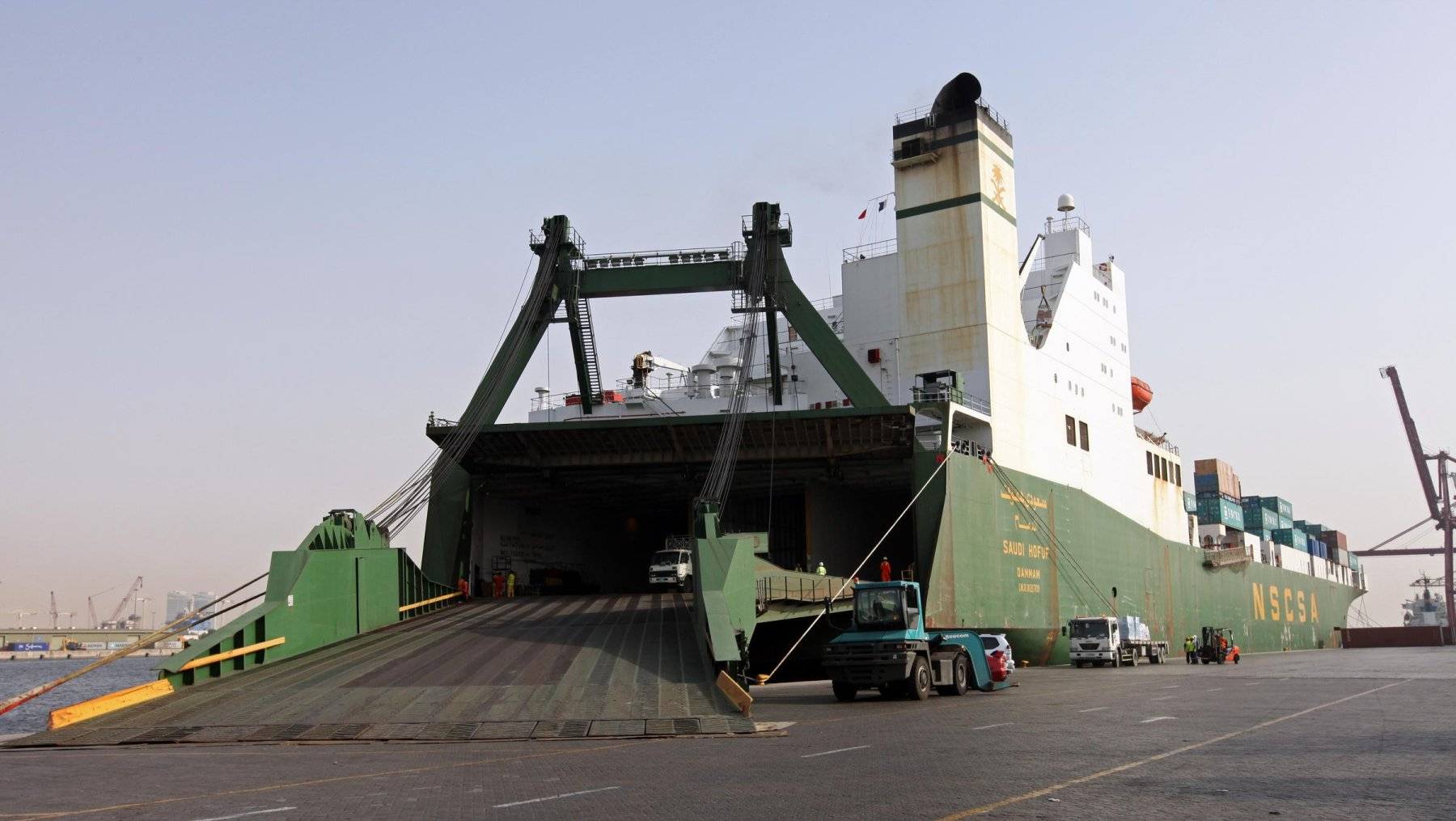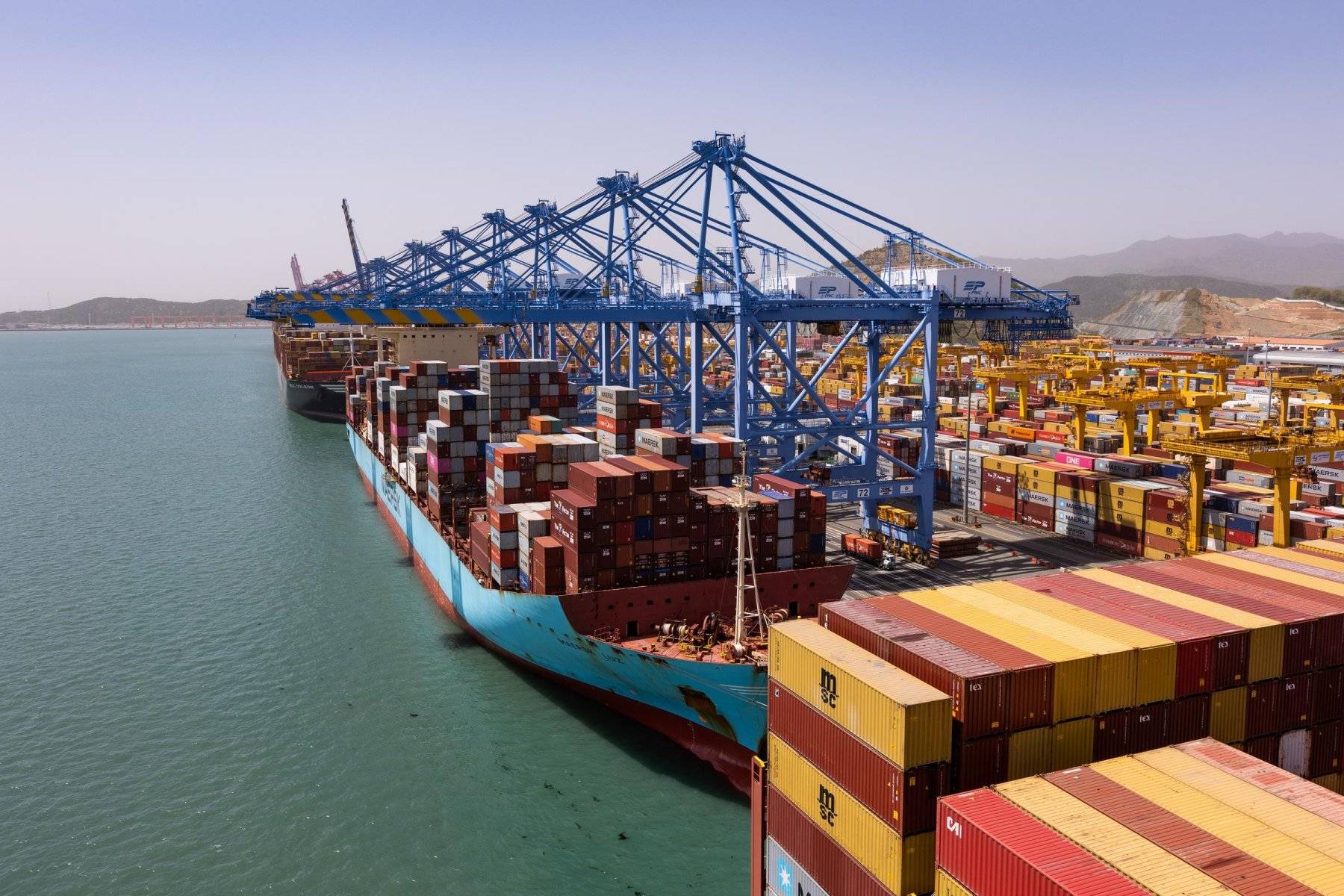In the bustling arena of logistics, things are always on the move, especially when it comes to shipping goods over long distances. Central to this dynamic field lies automotive commodity shipping, a critical player in keeping the wheels of commerce spinning smoothly. With motor vehicles and parts ranking as some of the most valuable commodities shipped in the U.S., understanding their impact on supply chains is more than just essential; it's transformative, particularly in times of supply chain disruptions.
The automotive supply chain of today is complicated; a global network of suppliers, manufacturers, and distributors responsible for producing and delivering parts, components, and materials used in vehicle manufacturing. It involves everything from the procurement of raw materials to the production of parts by tiered suppliers (ranging from Tier 1, which supplies directly to automakers, down to lower tiers), and includes logistics and distribution systems that ensure the timely delivery of these components to assembly plants. Characterized by a complex supply chain, automotive logistics relies on just-in-time manufacturing principles to minimize inventory costs as well as close coordination between international and local stakeholders in order to manage multiple workflows for production schedules, quality control, and the integration of new technologies.
Automotive shipping involves more than getting your deliveries to you on time, it also keeps everything in perfect condition from start to finish. The right strategies can spell success for businesses big and small, carving out paths through challenging market environments.
Understanding Automotive Commodity Shipping
When it comes to automotive commodity shipping, secure and timely deliveries are everything. The supply chain is a complex beast, and even the slightest hiccup can cause major delays and headaches.
But it's not just about getting from point A to point B. Transportation statistics show that automotive logistics is constantly evolving and staying ahead of the curve is crucial. Therefore, knowing what shipping options are available is a necessity.
In automotive logistics, Bulk Shipping is used for large volumes of raw metals like steel or aluminum used in the manufacturing of vehicles. Bulk carriers are often the most efficient, transporting these materials in large quantities across oceans. Full Container Load (FCL) shipping is a common option for transporting large volumes of goods in a cost-effective manner, allowing an entire container to be dedicated to a single consignee's cargo, thus optimizing cargo security and shipping efficiency. Less than Container Load (LCL) shipping offers flexibility for smaller shipments, enabling multiple consignees to share container space, reducing costs for each party but potentially increasing transit times due to the consolidation process. Roll-On/Roll-Off (RoRo) shipping is designed for wheeled vehicles such as cars, trucks, and trailers, where vehicles are driven on and off the ship, making it an ideal choice for the transport of automobiles with minimal handling.

Success in automotive shipping also involves leveraging the latest technology and collaborating with reliable logistics providers and carriers to streamline operations, reduce costs, and provide a better experience for your customers: secure and timely deliveries are vital, and embracing digital solutions is the way of the future.
Best Practices in Automotive Logistics
How can businesses provide a superior customer experience as part of the automotive supply chain? Efficiency, efficiency, efficiency.
But how can companies achieve heightened levels of efficiency? It begins with advanced planning and best practices. By anticipating potential roadblocks and having contingency plans in place, you can minimize the risk of delays and keep your customers happy.
One tool that can be incredibly helpful in this regard is the Freight Analysis Framework from the U.S. Department of Transportation. This powerful database provides valuable insights into freight movement across the United States, allowing you to make informed decisions about your fleet trucks and shipping routes.
But it's not just about the data. It's also about the people. Companies require strong relationships with all their partners across the automotive supply chain to create a more seamless and efficient logistics operation. This is where utilizing digital marketplaces like SeaRates can help- with multiple multimodal transportation options available from leading, trusted providers across the globe.
So, if you want to improve your customer experience and lower the risk of delays, remember: advanced planning and best practices are your friends. Embrace them and watch your automotive transportation operation thrive.
The Role of Digital Tools in Enhancing Auto Transport Shipping
Increasingly, digital tools are essential for anyone involved in auto transport shipping. From real-time tracking to predictive analytics, technology is transforming the way we manage our supply chains.
Digital tools really shine when it comes to making sure your deliveries are not only secure but also arrive right on time. By leveraging the latest software and platforms, you can keep a close eye on your shipments and proactively address any issues that arise.
But it's not just about the technology itself, it is also vital that you have access to the niche support and expertise you need when faced with supply chain challenges. Your account managers should be professionals that you can call on, tapping into their knowledge and suggestions to discover the right digital tools to further optimize your operations.
For example, let's say you're shipping auto parts from a supplier in China to a manufacturer in the United States. By leveraging digital tools and booking with SeaRates, you can access the best LCL rates to consolidate your cargo and reduce costs and using the Distances and Time tool view, you can select the best option for your supply chain.

The export journey of a vehicle from China to the US on average takes 40–42 days and involves a lot of additional documentation. In this example, you can also explore insurance options for vehicle shipping, inspection processes and customs clearance- everything you need for success—all in one place with SeaRates.
Navigating the Challenges of Record Shipping Costs
Let's face it: record shipping costs are a major headache for anyone in the automotive industry. From manufacturers to dealers to consumers, everyone is feeling the pinch.
But here's the thing: there are strategies you can use to mitigate these increased expenses and adapt to market changes. It all starts with being proactive and thinking outside the box.
For example, let's say you're a car manufacturer looking to reduce your shipping costs. One option might be to explore alternative modes of transportation, such as rail or barge. Another might be to negotiate better rates with your carriers by leveraging your volume and long-term partnerships.
But it's not just about cutting costs. It's also about being sustainable and socially responsible. By switching to fuel-sippers, planning your trips smarter, and cutting down on waste, you're not just keeping more cash in your pocket—you're also contributing to a greener logistics future. With innovations such as Carbon Emissions Calculators and carbon off-set schemes becoming standard in the logistics industry, making greener choices is easier.

Insights into the Future of Automotive Supply Chains
The automotive supply chain is complex and ever evolving. To stay ahead of the curve, companies need to be constantly looking to the future and anticipating changes in global dynamics.
One trend that's already starting to emerge is the shift towards more localized production and sourcing. With rising shipping costs and increasing geopolitical tensions, many companies are looking to bring their supply chains closer to home.
But perhaps the biggest trend of all is the growing importance of data and analytics. By leveraging the latest tools and platforms, companies can gain unprecedented insights into their supply chains and make more informed decisions about everything from inventory management to route optimization.
In today's world, every tick of the clock matters and being able to do things quickly determines whether or not businesses can gain a competitive edge. Automotive logistics requires strategic planning to dodge delays, cut costs amidst price hikes, and embrace emerging trends, this field is more than moving goods; it’s about smartly navigating a future full of promise (and plenty of cars). The journey through automotive logistics shows us that resilience and agility are not optional but crucial for success.

